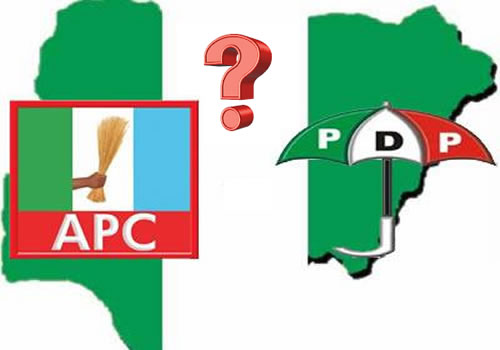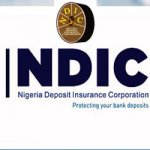
The domination of the duo has yet to bring the more desired good governance and dividend of democracy to the Nigerian masses. Worsening the situation is the fact that the two parties “swap” members whose desperation to occupy an elective post knows no limit. They decamp to the main alternative party once they realise their ambition can’t but fail. There’s been an urgent need to have more vibrant political parties to provide more options for the people and political aspirants. When former president Olusegun Obasanjo released the shocking statement critical of President Muhammadu Buhari on 3rd of January, 2018 it appeared there would be another platform for Nigerians to contest. Obasanjo’s call for a third force was reactionary: his personal political conflict influenced the statement. His main objective is to ensure the defeat of his 2014-2015 political friend, Buhari, not to really create a lasting platform for politics. The Coalition for Nigerian Movement (CNM) created by the former president was apolitical at its inception even though its formation and constituents pointed to political matters.
The future of a political party in general election can be predicted using its performance at some elections such as bye-elections being conducted. A number of elections have been conducted since Obasanjo’s CNM adopted the African Democratic Congress (ADC). The performances of the party in the elections have been little above the low-rated or unknown political parties despite the fact that it boasts of people like a former governor of Osun State, Prince Olagunsoye Oyinlola, Hammed Raji and other political heavyweights. In the Osun State gubernatorial election, the party came fifth with less than forty thousand votes of the over seven hundred thousand votes cast. It only added to the list of participating parties in the Ekiti State governorship election also held this year. There were bye-elections in Bauchi and Katsina state to fill in the vacancies at the National Assembly (NASS). There were also many local government areas elections.
Funny enough, the ADC couldn’t claim just a ward in any local government area. And this is the third Force that aims at wrestling power Frome the ruling APC. The opposition party, PDP could still muster courage to win in some elections despite the hurdles it passed through. Its founder, Obasanjo claimed that the movement had had about three million people. It’s unfortunately, nevertheless, that the number only existed as a form of pride or simply put a political tactic to make the ruling party develop cold feet. The biggest election, presidential election, cannot be won without winning the smaller ones at the local level. The success of a political party at the wards, local government areas, federal constituencies, senatorial districts and states contribute to the success of the party at the federal level. The PDP and APC have offices at all local government areas of Nigeria, they have members of executive at the wards.
But the supposed third force is firmly established in the capital cities, very far to the people who actually determine its fate. At the eleventh hour of an election, other political parties struggle to have one of the two parties to work with. KOWA has been fielding candidates for the presidential election and some other elections, it’s yet to make itself known as a potential threat to resist. The ADC, the CNM’s adopted party, was one of those parties that one comes across on papers prior the unprecedented adoption. Its fortune should, expectedly, change although such a change may not mean winning an election. Having an internal crisis within four months to the adoption predicts nothing but utmost failure.The third force’s approach is top-down. The PDP and APC have structures at all levels including the units: it has foot soldiers to canvass for votes and mobilise reluctant voters.
These existing structures help in reaching out to voters and making the parties more popular among the electorate. Nigerian voters cast their votes for parties, not the personalities of the candidates the parties present. President Muhammadu Buhari contested three times using the APP, CPC and later APC that’s more national in outlook. The president lost the previous elections because the platform on which he contested was not a strong force to compete with the PDP. In his bid to occupy the Agodi-based government house for another term of four years, a former Oyo State governor Rasheed Ladoja moved to the Accord Party. All indications showed that he would upset the establishment as Mr. Olusegun Mimiko did in Ondo State with his Labour Party (LP). But Ladoja failed in his mission, and he had to find his way back to his former camp. Both of the parties are popular only on the ballot papers. The All Political Grand Alliance (APGA) has constrained itself to the south east region, a place where its very existence is being threatened by the APC and PDP. Could it be the needed third force? The possibility of a third force unseating the two big parties is very low.
- Faboade, an NYSC member, writes in from Ogbagi Akoko, Ondo State





